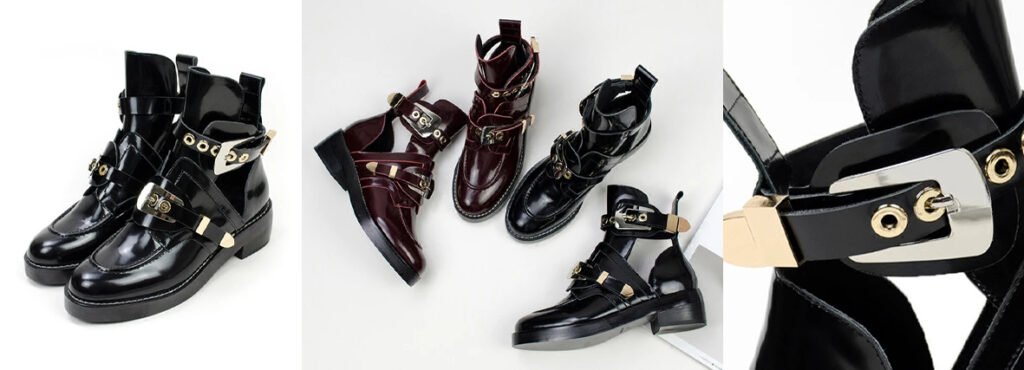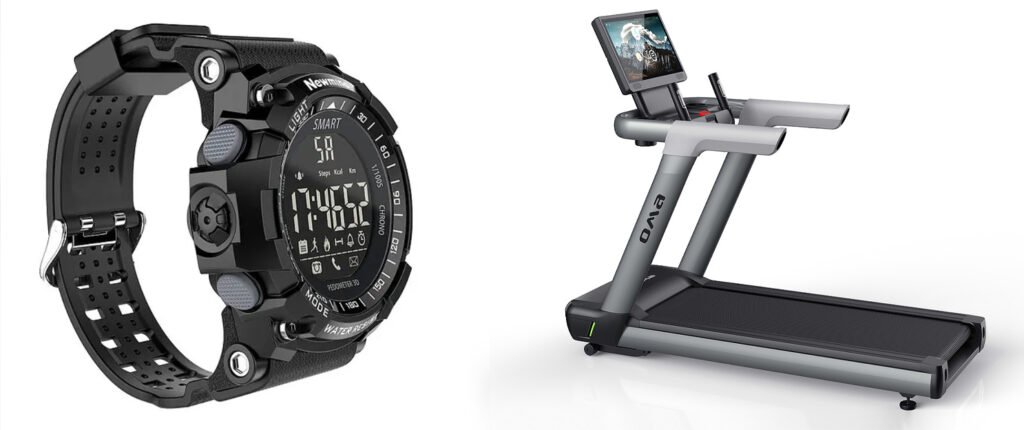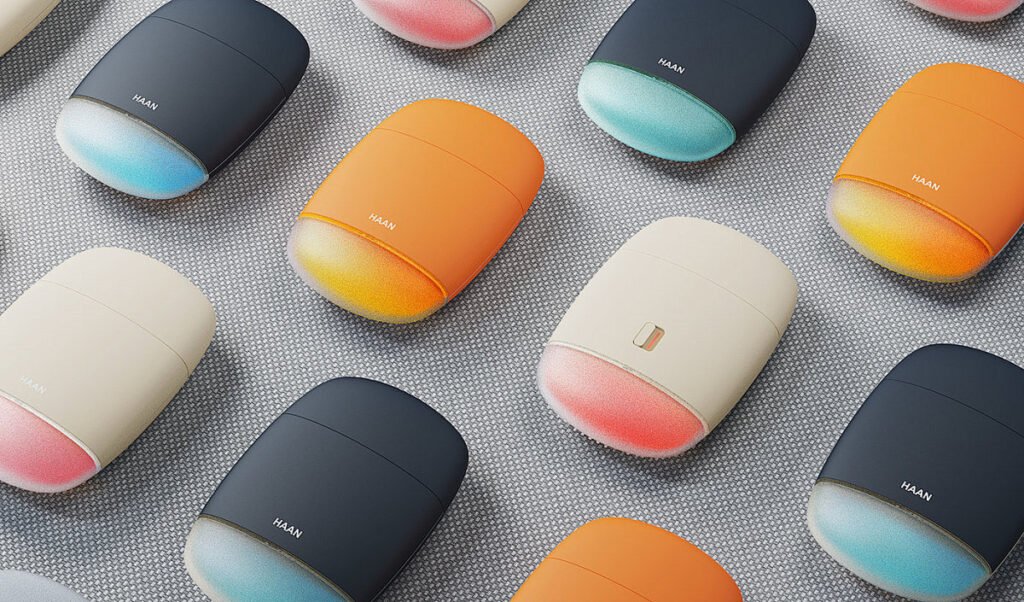Taking excellent product photos with good lighting is necessary to attract customers and enjoy higher conversion rates. Of course, taking perfect photos is not an easy task. You must use specific lighting, such as artificial light or natural light, for the shoot.
Another thing you must do is avoid shadows in indoor photography. If you want to know more about this, you’re in the right place. Here is everything you need to know about avoiding shadows in indoor photos and outdoor shots.

Reasons Behind Shadows In Indoor Photography
Many things can lead to shadows in indoor photography. Here are the top causes that you must understand:
1. Uncontrolled Flash
Uncontrolled flash is the leading cause of shadows in indoor photography. This is because the light can reflect off your product and create an unnatural appearance. The primary reason why flash can affect your picture is that it leads to harsh shadows.
Of course, sometimes you may be required to use flash for your product photos. This may be because of a lack of natural light in the room. You may also be using flash due to dim artificial light. Remember that uncontrolled flash will cause unwanted shadows that may ruin the picture.
So you must know how to use a flash effectively, depending on your light source. Remember that the brightness of a flash can be adjusted on some devices for better results.
2. Lens Hood
A lens hood is an effective accessory that many people use for achieving a low-contrast image during product photography. The item covers the lens to prevent unwanted flares. So you can easily avoid glares in your pictures by using a lens hood to prevent light from falling across.
However, the primary disadvantage of a lens hood is that it can lead to unwanted shadows in indoor photography. This is mainly true if you use a flash while applying the hood on your camera lens.
3. Large Lens
You may use a camera with a different lens to satisfy the needs of your product shoot. Some accessories may allow you to increase the zoom capability of your camera. However, using the lens of different sizes can be an issue because of shadows.
If a lens is too large, it will cast a shadow on your product or on the backdrop. This is regardless of whether you took the picture with or without a flash. Even if you don’t use a lens hood with a large lens, it can still lead to shadows in your indoor photos.
4. Position Of The Light Source
The position of the light source is an integral aspect of product photography. Correct placement will allow you to avoid glares in your pictures and take clear shots easily. It will also make it easier to set up a white background or other backdrops.
This factor also determines the shadows that will fall on your product or background. For instance, keeping the artificial light too close to your item can cause significant harsh shadows. Natural light may also cause shadows if you’re conducting the shoot near windows.
5. Small Light Source
Another thing you must remember is that the size of your light source can also affect the shadows in your pictures. Typically, small lights close to the product can cause issues. This is because the light will not be able to spread much.
A ring light is a perfect example of a small light source that can cause shadows. Of course, you may be able to solve the issue by changing the placement of your light source. You may also keep the product away from large windows to prevent sunlight from creating shadows.

Why Should You Avoid Shadows In Indoor Photography?
Many amateur photographers or professionals use shadows for flash photography or portrait photography. However, they only do this if the shoot requires them to create a dark backdrop.
Typically, shadows must be avoided in indoor photography. Here are the top reasons to help you understand better:
1. Distracts The User
When a shadow falls on your product, it can decrease the aesthetics of your product image. This can cause the user to be distracted while viewing the photo. Remember, if the buyer cannot focus on your image, they will leave your online store to check another brand.
This is why it is necessary to avoid unwanted shadows using indoor photography tips. If the image is clear, the user can view the product with more interest. So your chances of turning a potential customer into a regular buyer will increase.
2. May Cover The Product
Avoiding shadows is also necessary to display your product properly to the buyers. This is because sometimes the shadow may cover your item. Because of this, the buyer may not be able to see specific features of the product.
Besides that, the shadow may also prevent you from complying with the online platform’s requirements. For instance, Amazon has specific image requirements for product photos. So eliminating shadows will ensure the buyer can see all parts of the item clearly.
3. Changes The Exposure
You may use different camera settings to take pictures with the best lighting. However, the picture results may vary because of the shadows after taking the shot. This is because the darkness can change the exposure of the overall image.
So even when using the best camera settings, the quality of your image may be reduced. This is why you must avoid shadows in indoor photography for high-quality images.

How To Eliminate Shadows Using Natural Light?
You must avoid shadows when conducting a shoot using natural light. This is because they can reduce the image quality and distract the user. Of course, the methods to avoid shadows in outdoor photography vary from indoor photography.
Here are the top three things you can do to avoid shadows on a sunny day:
1. Use A Diffuser
Soft lighting can help you avoid shadows on a sunny day easily. The best part is that you can use a diffuser to act as a soft light source for eliminating shadows. A diffuser is a translucent material that is kept between the product and the light source during a shoot.
The diffuser will help you create soft lighting and balance the colors of the picture more easily. It will also improve the light’s quality so you can enjoy a better experience. Of course, you must not use reflective material to serve as a diffuser to enjoy the best results.
2. Change The Product’s Position
Another thing that you can do to avoid shadows under direct sunlight is to change your product’s position. You may be conducting product photography by placing the item near a window to use the sunlight. Of course, you may also be conducting the entire shoot outside on a balcony or another outdoor setting.
If the product is close to a window with low light, you can change the position by finding a window with a brighter option. This will prevent shadows more easily. You can also find a shaded region outside to prevent hard shadows and enjoy softer light.
3. Conduct The Shoot During Golden Hours
The best time to conduct an outdoor photography shoot is during the golden hours. Typically, the first hour after sunset is considered a golden hour for photography. This means you can take the pictures in the best lighting without shadows and incorrect white balance.
Besides that, one hour before sunset is also considered a golden hour by professionals. You can choose a specific time within the relevant range to conduct the best outdoor shoot.
Golden hours allow you to enjoy good colors, soft light, and much more. It will also prevent glares to avoid sharp photos.

How To Eliminate Shadows In Indoor Photography?
Here are the top ways to eliminate shadows in indoor photography:
1. Use A Lightbox
A lightbox is a box that releases light from all sides to create a bright white background for the picture. It can come in different sizes to accommodate various products. The best part is that it will offer enough light to meet the requirement of online shopping platforms.
The best part about a lightbox is that it is readily available on the market for a low price. So you can save money while conducting a photo shoot easily. It will also remove the need to use many studio lights.
2. Understand The Importance Of Soft Light
Soft light is a diffused light that can help you avoid shadows during portrait photography or other shoot types. It blocks the harshness of your light sources to create a more natural look. The best part about soft light is that it will help you avoid shadows by sending more light toward the product.
A sheer curtain can be used to create a softer light. You may also use thin white paper for this purpose. This option is also useful if you’re conducting indoor photography using sunlight through the window. Remember to place your product at a right angle to the soft light sources.
3. Avoid Hard Light
Taking pictures under hard light can cause multiple shadows in your product photo. Remember that such a light comes from a bright source that is smaller than your item. Many people mix this light with softer options to get a great shadow and capture details of a subject’s face.
However, the same thing will not allow you to observe good results during product photography. This is because the shadows can cover your product, distract the user, and decrease the picture quality. So you should avoid hard light when capturing shots of your item.
4. Do Not Use On-Camera Flash
Conducting a photo shoot in low light conditions can require you to use the built-in flash of your camera. However, a camera flash can cause more shadows because it is not able to spread the light much. The greater shadow can affect the picture quality and reduce its zoom capability.
This is why you must avoid using a camera flash when taking photos. If you want to use additional light, you can use an off-camera flash source to create brighter lighting conditions easily. You can also position the flash in such a way as to create almost no shadows.
For instance, keeping the external flash source at a specific distance will prevent shadows. You can also control the flash by changing the brightness level if the picture requires you to use this option.
5. Setting The Camera Correctly
Ensuring the correct camera settings is another way to prevent background shadows and the shadowed wall effect. The top thing that will help you is a slower shutter speed. Typically, a shutter speed of 1/60 to 1/200 is best to prevent shadows.
You may also set the camera to manual mode to increase the depth of your product photos. The best way to decide between automatic camera settings and manual settings is by taking sample pictures in different modes. This will allow you to prevent shadows while getting high-quality results.
Camera position must also be chosen correctly. Keeping the camera too close to the product while using the flash can cause glare and background shadows.
6. Move The Product Away From The Walls
You will experience many shadows on the wall if your product is close to it. This is why it is better to take a portrait shot by keeping a distance between the background and the item. You can also improve the pictures by putting additional light behind the product.
This will help you illuminate the item from different sides to prevent shadows. The light from behind will primarily act as a reflector to avoid unnecessary glares and shadows.
7. Use One Type Of Light Source
Many people use different light sources during product shoots. You may try to mix natural and artificial lights in different ways. Remember that mixed lighting will reduce the picture quality, and fixing the white balance during post-processing will be harder.
Different light sources can also cast shadows due to varying distribution areas. Typically, you should only use one type of light for the shoot. This does not mean that you must capture the shot with one light.
You can get multiple artificial lights of the same type for a better shoot. Experimenting with different setups, such as two lights setups or triangle setups, will help you avoid shadows while capturing the best angles of your product.
8. Take Advantage Of Fill Light
Shadows can be easily eliminated in different photography types by using fill light. You can use such a flash to illuminate the product’s side, which results in a shadow. This option is primarily used when the contrast between two sides of a product is significantly high.
You may also use a reflector to serve as a fill light to prevent shadows. This item will bounce the light from different sources to your product or background to reduce shadows. It will also help you control the contrast better.
When the fill light is positioned towards your backdrop, it will eliminate all background shadows for a clear picture.
9. Bounce The Flash Source
Bouncing the flash source is another way to prevent shadows without making much effort. You can do this by aiming the light toward a white paper or another object. The item will reflect the flash and prevent shadows by softening it.
Many people use this technique to avoid shadows when using a built-in flash during indoor photography. You may also be able to direct the shadow toward the ceiling to prevent your backdrop from being disrupted.
You may also use a flash bracket to change the direction of the flash from your DSLR camera. The best part about this accessory is that it will allow you to use the camera in vertical and horizontal positions more easily.
10. Use Diffused Light
Diffused light is the top option for preventing indoor shadows and creating a more natural product photo. The diffuser can also help you increase your light source’s size. This can help you prevent facial shadows if you’re using a human model in your product photos.
Modifiers such as softboxes and umbrellas are the top diffusers for indoor photography. However, you can also use inexpensive options such as white cloth for diffusing studio lights.
11. Increase The ISO For Indoor Photography
Another camera setting that can help you get rid of shadows is the ISO value. You can use ISO 800 instead of a lower option to make your camera more sensitive to light. This setting is primarily helpful for avoiding shadows and capturing a brighter picture without using a flash.
However, increasing the ISO can cause your picture to be affected by noise. For instance, the pixels may be distorted at some points. Of course, you can fix the noise issues by editing during post-processing.
How To Remove Shadows In Indoor Photography During Post-Processing?
Using the earlier methods can help you get rid of significant shadows easily. However, dark spots can be pesky and hard to eliminate by adjusting the setup.
Luckily, you don’t have to worry about them by conducting post-processing editing. Here are the top things you can do to remove shadows after taking photos:
1. Use Photoshop
Adobe Photoshop is a common photography tool that many professionals use for editing product photos. You can use the app to remove shadows through different features. For instance, you may change the color settings to remove the shadows.
The best part is that you can also retouch the darker area and make it brighter. Another thing you can do is remove the shadow completely by using a cropping tool. The color replacement option on Adobe Photoshop is also helpful for removing shadows.
Adobe Photoshop is also helpful for creating a white background for product photos. Remember that the platform is paid for versatile settings, but you can try it using a free trial.
2. Adjust The Brightness
If you don’t have the budget to use a paid editing tool, you can try to fix your image using free options. The standard settings on your laptop or camera can allow you to increase the brightness of your picture. So you may be able to minimize the shadow without any payment.
However, increasing the brightness will affect the entire picture, so your flexibility will be restricted. You should also adjust the contrast settings when changing the brightness for better results.
Applying a bright natural filter can also help you get rid of pesky shadows in no time.
3. Raise The Exposure
Another tip that will help you during post-production editing is raising the exposure of your picture. This will make the photo brighter without affecting the pixels significantly. Remember that exposure can only be increased to a certain level.
The best part about this setting is that it is available in the free software of most devices. So you will not have to get another tool for raising exposure.
Alternatives To Adobe Photoshop To Remove Shadows In Photography
Here are some other tools you can use to remove shadows without much effort:
1. Canva
Canva is an excellent platform that allows you to edit different product photos. The best part about the app is that it has a free and paid version. So you may not have to pay to remove pesky shadows from your product photos.
2. Adobe Lightroom
Adobe Lightroom is an editing tool that allows you to apply filters and change the settings of a picture. You can use it to minimize shadows in your shot without much effort. This is a better option than Photoshop if the shadow is light and can be easily made invisible using basic tools.
Final Words
This is everything you need to know about eliminating shadows in pictures. You can use a reflector or fill light for a brighter background. Meanwhile, softening the light will also reduce the shadows in your product photo.
Avoiding flash is another great way to eliminate shadows in your indoor pictures. Using editing tools such as Adobe Photoshop will also help you remove shadows during post-production.

